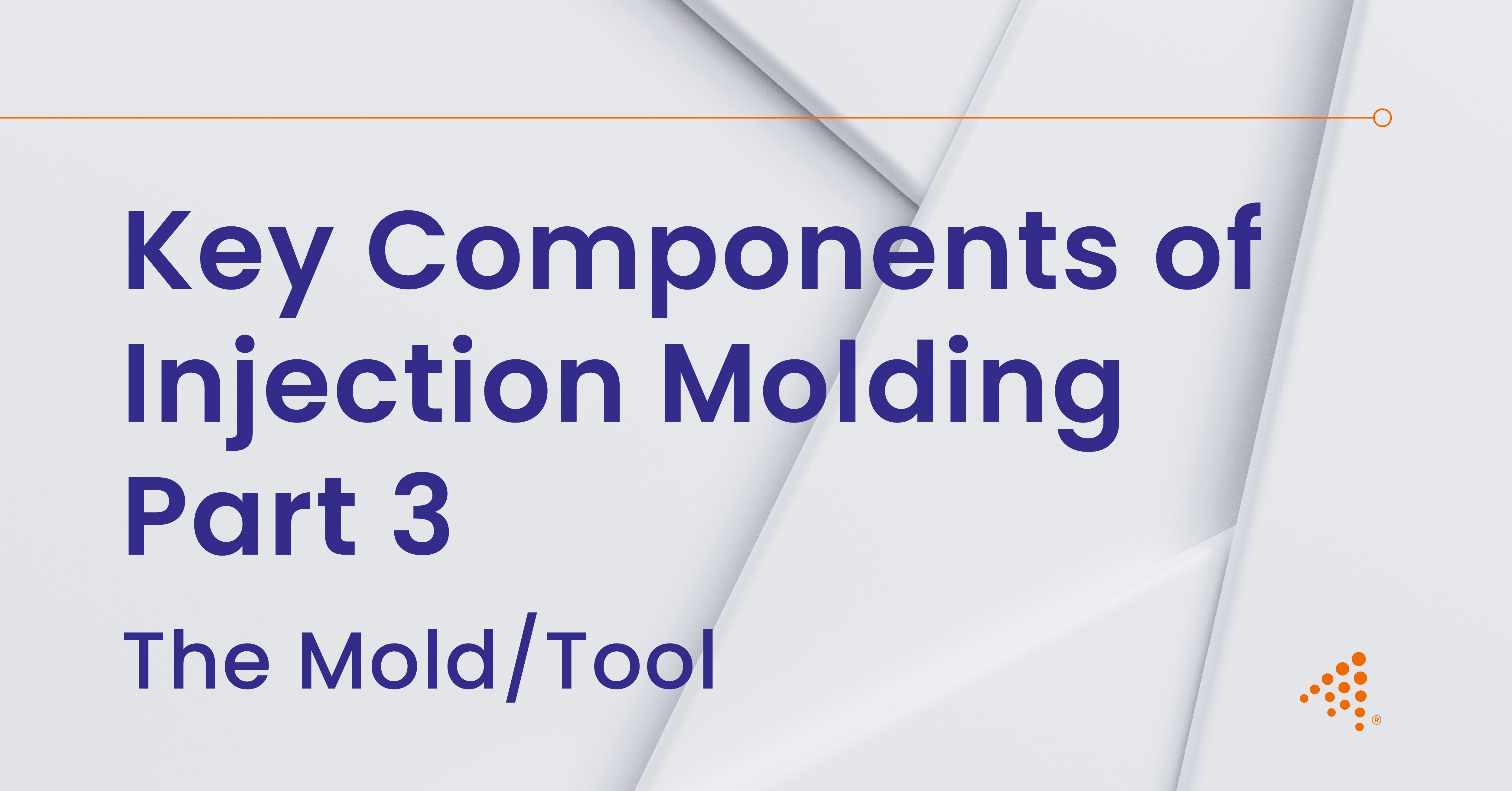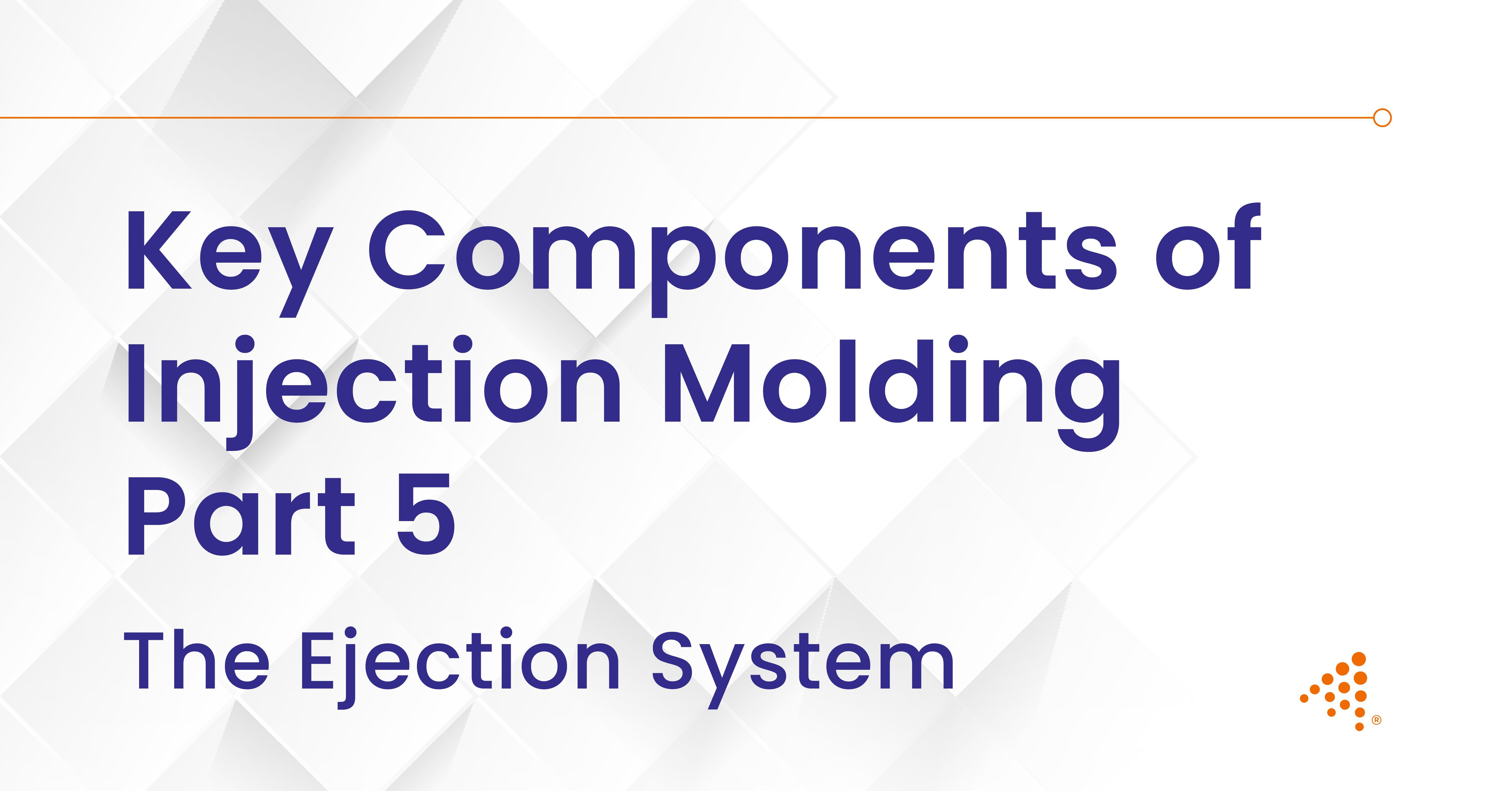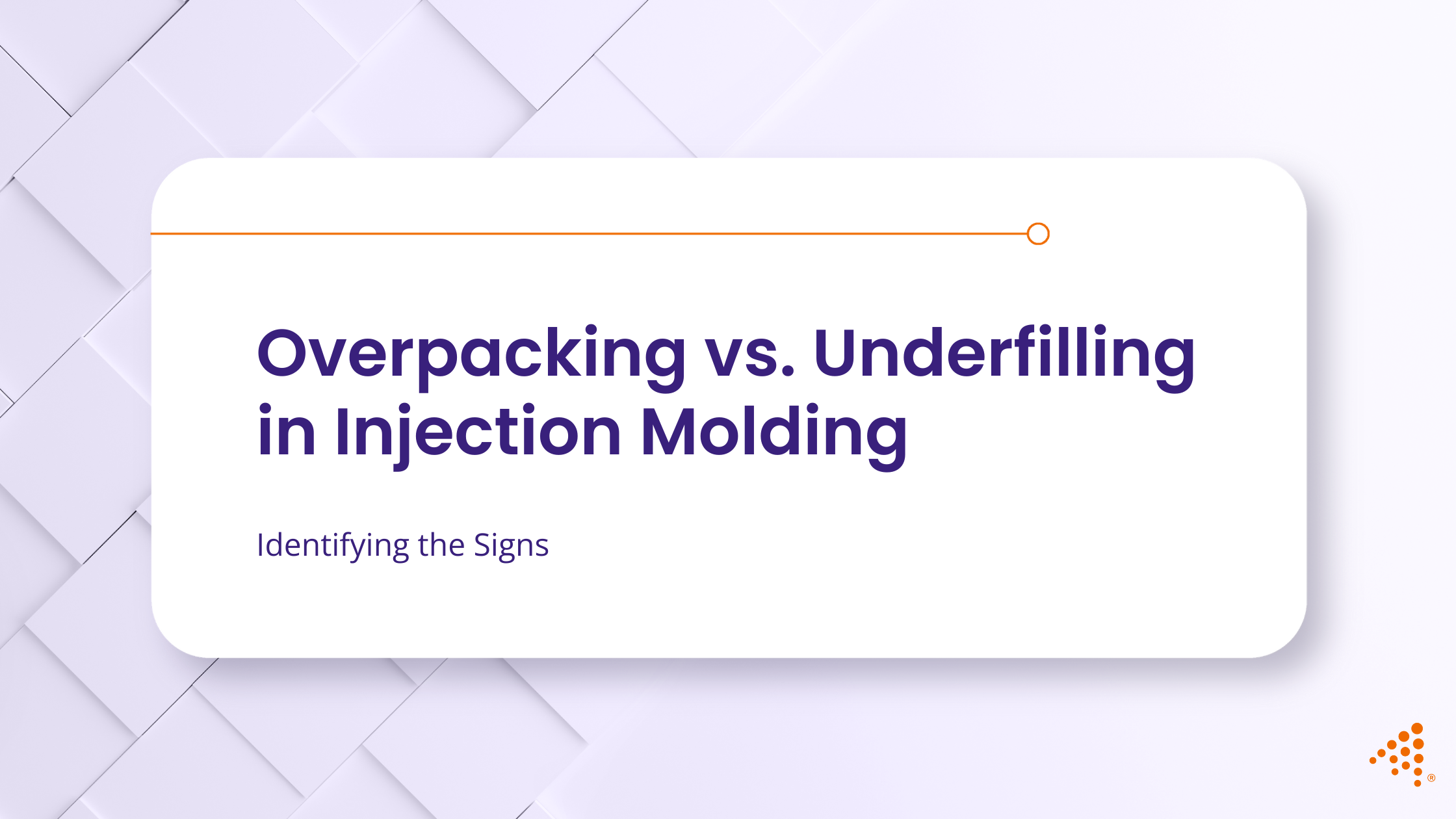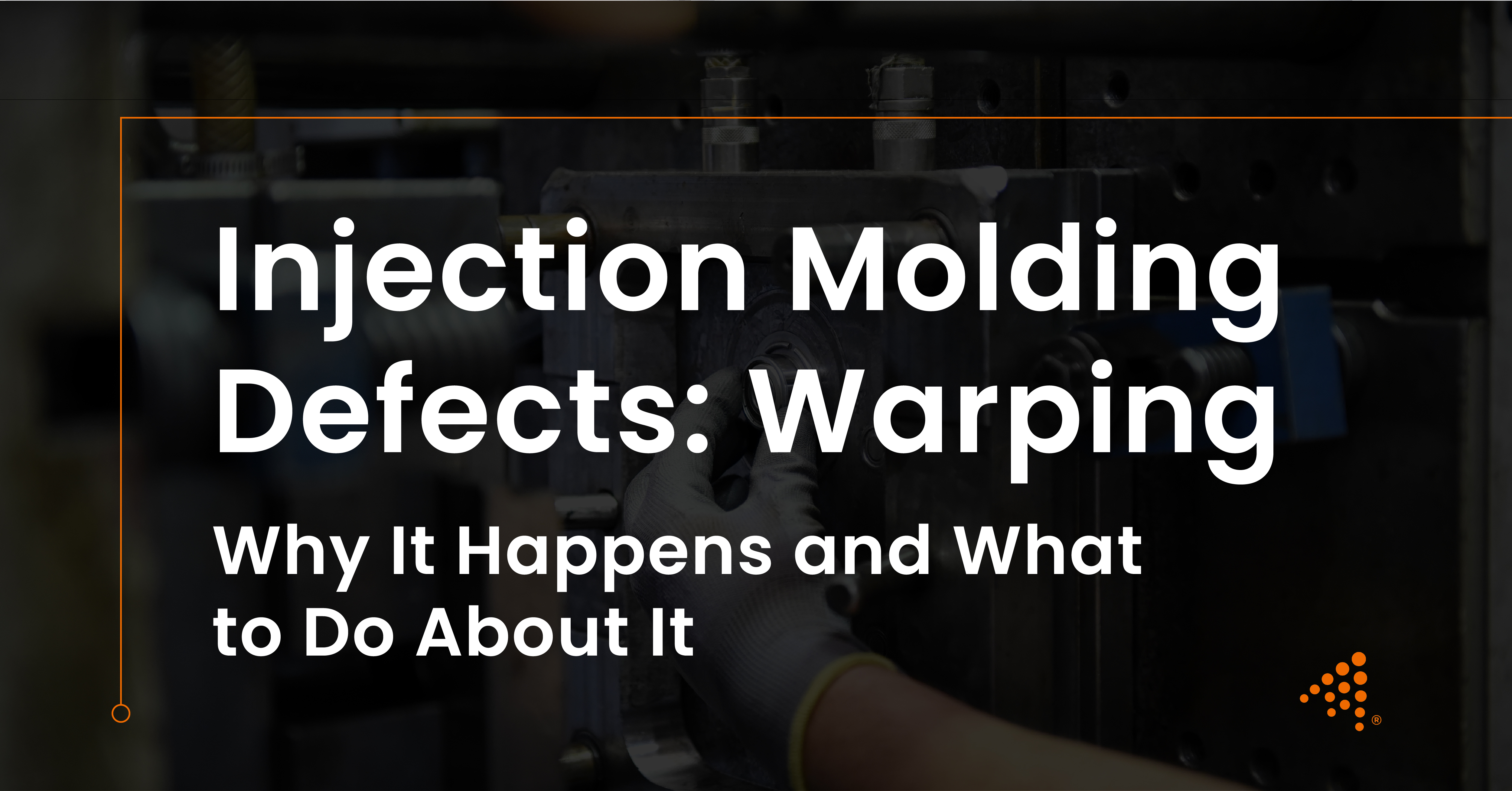7 min read
Key Components of Injection Molding Part 5: Ejection System
The injection molding process is a symphony of precisely orchestrated stages, each playing a vital role in transforming raw plastic material into a...
3 min read
Nick Erickson : Jun 5, 2025 10:41:01 AM

In injection molding, the mold (or tool) is the core element that shapes the molten plastic into the final part. It is a precision-engineered component that must be expertly designed and maintained to ensure high-quality, consistent production. At the heart of injection molding services, the mold determines not only the part's geometry but also its surface finish, cycle time, and overall success rate.
We'll explore the key components of the mold and how it works mechanically to produce molded parts.
Read More About Streamlining Prototyping: The Benefits of Quick Turn Tooling
The cavity forms the exterior of the part, while the core shapes the internal features. This pairing defines the complete geometry of the molded part and must be engineered with tight tolerances. A critical aspect of Plastic Part Design Optimization, the cavity and core must reflect the product's specifications exactly to reduce material waste and rework.
The parting line is the interface where the two halves of the mold meet. This line plays a significant role in the part’s aesthetics and can influence the formation of defects like flash (excess material on the part edges). High-precision injection mold design services ensure the parting line is accurately aligned for a clean finish.
The runner system consists of channels that direct the molten plastic from the sprue (the entry point for plastic material) to the cavities through carefully designed entry points called gates. The design of the runner system is essential to promote even material flow into all cavities, filling the mold correctly and efficiently. A well-designed runner system helps reduce waste and cycle time while contributing to consistent part quality.
Cooling systems embedded in the mold manage heat dissipation during the process. Effective cooling is crucial to cycle time, surface quality, and dimensional accuracy. Cooling design is often considered during Design for Injection Molding (DfIM) and plays a vital role in maintaining part integrity.
Vents are small escape paths located in the mold that allow trapped air and gases to exit during the injection process. Without proper venting, trapped air could create defects like burn marks, short shots (incomplete parts), or surface blemishes. Proper venting allows the molten plastic to fill the mold completely and evenly, leading to better-quality parts.
The ejection system consists of components like pins, blades, or sleeves, typically housed in the mold's moving half, designed to push the solidified part out once the mold opens. This mechanism applies a controlled force to release the finished part from the core and cavity surfaces after cooling is complete. Proper placement and function of the ejection system are crucial for preventing part damage, minimizing cosmetic marks, and ensuring a smooth, repeatable cycle.
Explore our injection molding tooling and DfIM expertise to bring your part from concept to production seamlessly. Let’s build better products, faster.
The mold operates in a series of steps during the injection molding process:
Read More About Maximizing Mold Longevity with Aprios' Maintenance Strategy
The design and quality of the mold are fundamental to the overall success of the injection molding process. A well-designed mold allows the part to be molded consistently and accurately, without defects. Additionally, the mold influences cycle times, material efficiency, and part quality. High-quality tooling is necessary for producing high-volume parts with tight tolerances and minimal waste.
Choosing the right mold and maintaining it properly is vital for long-term success in injection molding. At Aprios, we work closely with our customers to select and optimize tooling for their specific needs, aiming for every part to be made to perfection.
If you're looking for help with mold design, tooling, or any aspect of injection molding, feel free to reach out to our team. We're here to support you through every step of the process.

7 min read
The injection molding process is a symphony of precisely orchestrated stages, each playing a vital role in transforming raw plastic material into a...

Achieving a perfect, dimensionally accurate part with every cycle is the primary objective in plasticinjection molding services. However, the path...

Dimensional accuracy is essential in the field of precision injection molding. However, even when a part is molded to exact specifications, it can...